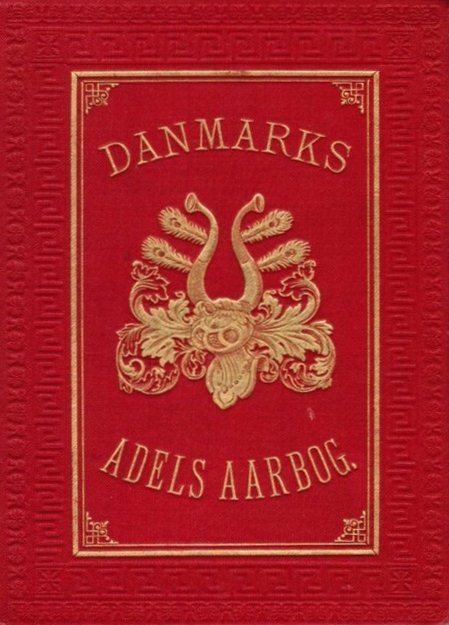 | ||
Danish nobility is a social class and a former estate in the Kingdom of Denmark. The nobility has official recognition in Denmark, a monarchy. Its legal privileges were abolished in the 19th century. Many of the families still own and reside in castles or country houses. Most nobles still belong to the elite, and they are as such present at royal events where they hold court posts, are guests, or are objects of media coverage, for example Kanal 4's TV-hostess Caroline Fleming née Baroness Iuel-Brockdorff. Some of them own and manage companies or have leading positions within business, banking, diplomacy and NGOs.
Contents
Danish nobility is informally divided into two categories: ancient nobility (Danish: uradel) and letter nobility (Danish: brevadel). A more recognised categorization distinguishes between high and lower nobility (Danish: højadel, lavadel). Today, approximately 200 noble houses bearing hereditary titles such as baron or count are extant. "Ancient nobility" refers to those noble houses that are known from the era before the Danish reformation, whereas created nobility are those houses that received their rank by a patent at the time of their elevation to the nobility. Families of the Lord High Councillors of Denmark, and houses endowed with a title (after the commencement of absolutism in Denmark) are regarded as high nobility of Denmark.
Medieval nobility
A striking feature has been the close ties medieval Danish magnate families had with German (Thuringian, Lower-Saxon, etc.) counts: for example in the 13th century, there are several marriages between Danish magnate families and German counts in each generation.
Modern titles
Introduced in 1671 with the titles of baron and count, and among others supplied with the title of marquis in 1709, the following system is currently in force.
Note: The class of barons and the class of counts were internally divided. A count would be a titular count (greve), a feudal count (lensgreve) or a national count (rigsgreve). Likewise a baron would be titular, feudal or national.
Duke
Two families bear the Danish title of duke:
Dukes had earlier the German-inspired style of durchlauchtighed (German: Durchlaucht; English: Serene Highness), but Danish ducal titles are in present virtually non-existent. In historical contexts, for example, older predicates as (your) grace or højvelbårenhed are applied.
Marquis
In 1709 Frederick IV of Denmark, in his capacity as King of Norway, granted the title Marquis of Lista to Hugo Octavius Accoramboni of Florence in Italy. Apparently the Marquis of Lista died without issue.
In 1710 the same king granted the title Marquis of Mandal to Francisco di Ratta and to the latter's nephews Giuseppe di Ratta and Luigi di Ratta of Bologna in Italy. In Norway official recognition of this title was abolished under the 1821 Nobility Law. In Denmark it seems to have lasted until 1890.
Norway remains the only country in Scandinavia to which the title of marquis has been attached.
Noble families
There are two primary periodical reviews of Danish nobility:
